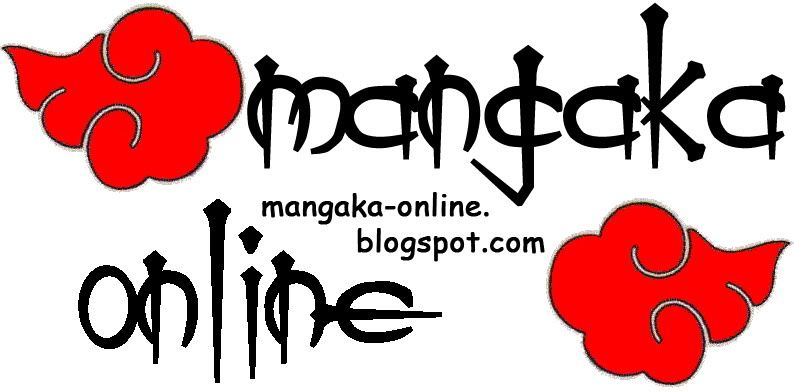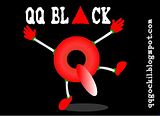Hewlett-Packard is the world’s largest technology company.
Primarily known as a maker of personal computers, the company is the world’s top maker of PCs and has been tied with Dell for the lead in the United States. In 2007 about $36 billion, or a third of its total revenue, came from PC sales.
About 27 percent of total revenue came from its printing division — with the bulk of its profits coming not from printers but from replacement ink cartridges.
Another third of its revenue came from selling servers and other computers, software and information technology services to large corporations. The company announced in May 2008 that it planned to buy Electronic Data Services, a technology services company, for $13.9 billion.Mark V. Hurd has served as chief executive since February 2005. An executive who tries to avoid the media spotlight, he has focused on fostering growth in three areas: outfitting and managing next-generation data centers, mobile technology, and printing in its broadest applications.
Read More...
Mr. Hurd’s strategy is to constantly find places to reduce costs, while investing in the fastest-growing areas.
Wall Street has rewarded his performance with a surge in the company’s stock. From January 2005 to June 2008, the share price has climbed nearly 140 percent, compared to 20-percent growth in the Standard & Poor’s 500-stock index during the same period.
The recent upturn follows a period of considerable turmoil. In mid-1999, the board selected Carleton S. Fiorina as its chief executive. Her bold efforts to merge the company with Compaq led to a proxy fight with the children of one of Hewlett-Packard’s founders. It also brought her into conflict with the board, which fired her in February 2005.
The company was rocked again in 2006 when it was revealed that Patricia Dunn, the chairman, had instituted a program to plug leaks from the board by using private detectives to spy on directors, employees and journalists who covered the company. The scandal resulted in the ouster of Ms. Dunn and the firing of several employees.
H.P. was one of the earliest technology companies in Silicon Valley, and its culture helped to define the business culture of future start-ups. Its founders, David Packard and William Hewlett, were Stanford University graduates whose professor, Fredrick E. Terman, urged them to start a business. They did so, in 1939, in a garage next to Mr. Packard’s rented home on Addison Avenue in Palo Alto, Calif.
Later, as the company added employees, the two founders insisted on an informal, non-hierarchical culture. They famously allowed access to tools and parts bins after hours so engineers could tinker on whatever they wanted in their spare time.
The men codified what they called the H.P. Way:
“A great company entrusts all its people, from top to bottom, to do the work that they were assigned, to take responsibility for their actions, and to speak for and represent the company as if they are the owners (which they are) and the founders themselves.”
The company’s first product was an audio oscillator. The two men sold it to the Walt Disney Company, which was working on the full-length animated film “Fantasia.”
In 2007, H.P. displaced I.B.M. as the world’s largest technology company by recording annual revenue of $104.29 billion.-- Damon Darlin, June 6, 2008



















0 comments:
Post a Comment